Olga Petrova
Discovering Imperfectly Observable Adversarial Actions using Anomaly Detection
Apr 22, 2020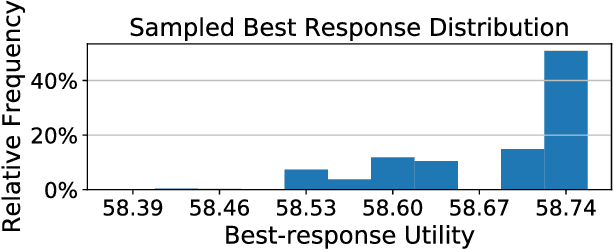

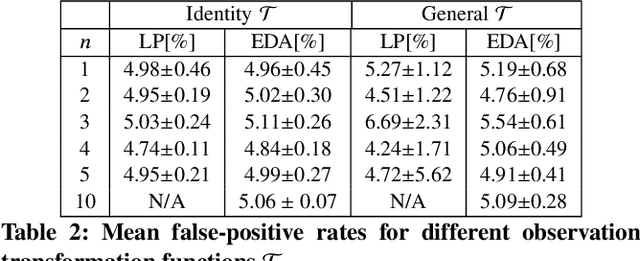

Abstract:Anomaly detection is a method for discovering unusual and suspicious behavior. In many real-world scenarios, the examined events can be directly linked to the actions of an adversary, such as attacks on computer networks or frauds in financial operations. While the defender wants to discover such malicious behavior, the attacker seeks to accomplish their goal (e.g., exfiltrating data) while avoiding the detection. To this end, anomaly detectors have been used in a game-theoretic framework that captures these goals of a two-player competition. We extend the existing models to more realistic settings by (1) allowing both players to have continuous action spaces and by assuming that (2) the defender cannot perfectly observe the action of the attacker. We propose two algorithms for solving such games -- a direct extension of existing algorithms based on discretizing the feature space and linear programming and the second algorithm based on constrained learning. Experiments show that both algorithms are applicable for cases with low feature space dimensions but the learning-based method produces less exploitable strategies and it is scalable to higher dimensions. Moreover, we use real-world data to compare our approaches with existing classifiers in a data-exfiltration scenario via the DNS channel. The results show that our models are significantly less exploitable by an informed attacker.
Methods of Weighted Combination for Text Field Recognition in a Video Stream
Nov 27, 2019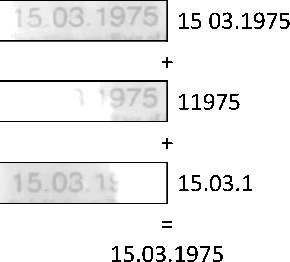
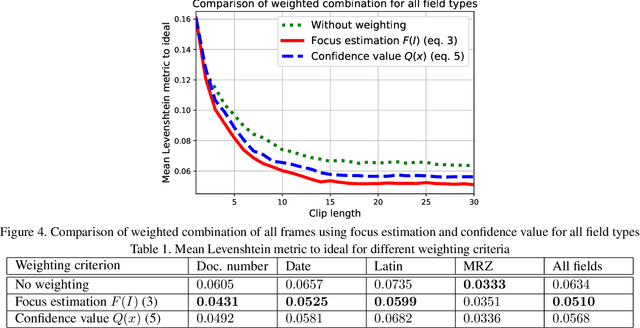
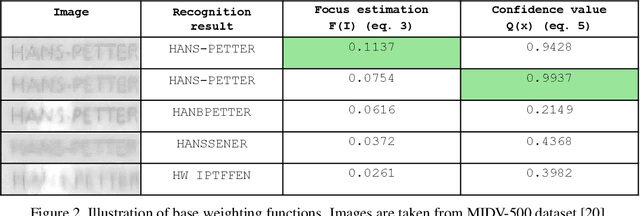

Abstract:Due to a noticeable expansion of document recognition applicability, there is a high demand for recognition on mobile devices. A mobile camera, unlike a scanner, cannot always ensure the absence of various image distortions, therefore the task of improving the recognition precision is relevant. The advantage of mobile devices over scanners is the ability to use video stream input, which allows to get multiple images of a recognized document. Despite this, not enough attention is currently paid to the issue of combining recognition results obtained from different frames when using video stream input. In this paper we propose a weighted text string recognition results combination method and weighting criteria, and provide experimental data for verifying their validity and effectiveness. Based on the obtained results, it is concluded that the use of such weighted combination is appropriate for improving the quality of the video stream recognition result.
 Add to Chrome
Add to Chrome Add to Firefox
Add to Firefox Add to Edge
Add to Edge